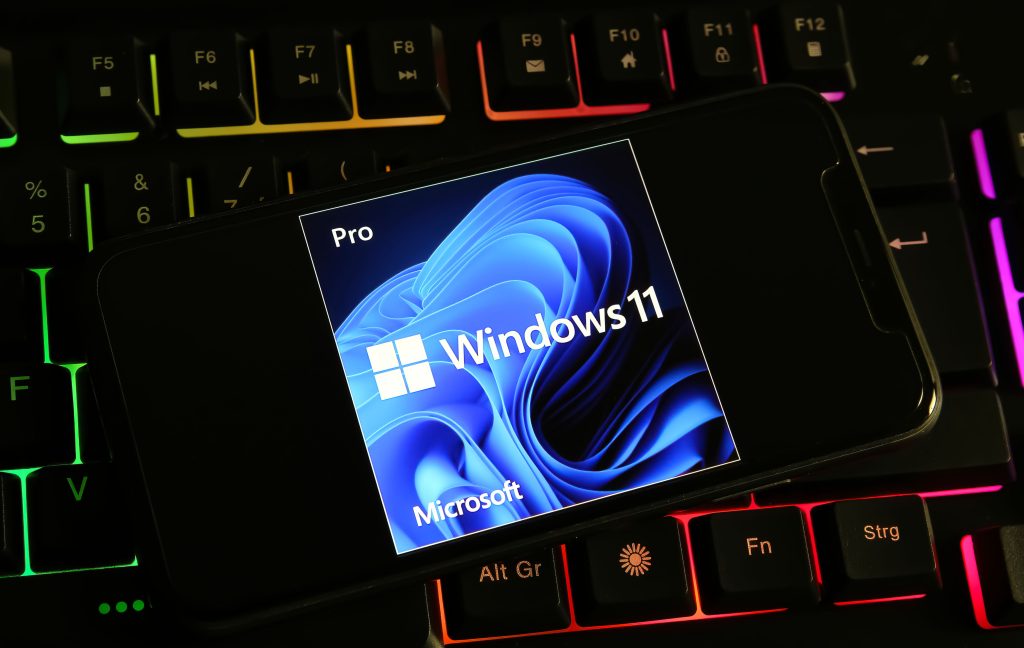Microsoft has confirmed that support for Windows 10 will officially end on October 14, 2025. After this date, Windows 10 devices will no longer receive security updates, feature enhancements, or technical support. This move underscores the company’s push for users to transition to Windows 11, especially those with compatible hardware.
The cessation of support means that Windows 10 users will be more vulnerable to security threats and software incompatibilities over time. Microsoft has emphasized the importance of upgrading to maintain system security and access to new features. For users with devices that meet Windows 11’s system requirements, the upgrade is available at no additional cost.
For the estimated 240 million users with PCs that do not meet Windows 11’s hardware requirements, Microsoft offers a few alternatives:
- Extended Security Updates (ESU): Microsoft will provide paid security updates for Windows 10 through its ESU program, allowing users to receive critical patches beyond the October 2025 deadline.
- New Device Purchase: Users can opt to purchase new hardware that supports Windows 11 to continue receiving free updates and support.
In addition to the Windows 10 support deadline, Microsoft has announced that Microsoft 365 Apps will no longer be supported on Windows 10 devices after October 14, 2025. This means users will need to upgrade to Windows 11 to continue receiving updates and support for Microsoft 365 applications.
As the October 2025 deadline approaches, Windows 10 users are encouraged to assess their hardware compatibility with Windows 11 and plan accordingly. Upgrading to Windows 11 ensures continued access to security updates, new features, and support for Microsoft 365 applications. For those with incompatible devices, exploring the ESU program or investing in new hardware are viable options to maintain system security and functionality.




